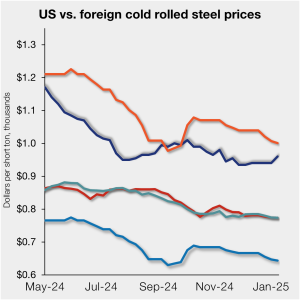
Domestic, offshore CRC prices diverge
The price spread between US-produced cold-rolled (CR) coil and offshore products on a landed basis widened in the week ended Jan. 10.

The price spread between US-produced cold-rolled (CR) coil and offshore products on a landed basis widened in the week ended Jan. 10.
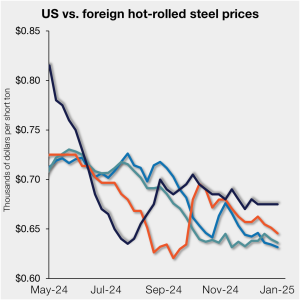
Hot-rolled (HR) coil prices ticked up in the US last week, while tags in offshore markets were mostly unchanged. The result: US hot band is more expensive than imports on a landed basis.

Domestic raw steel production is now at the lowest level seen since mid-November. This comes just two weeks after production had recovered to a three-month high.
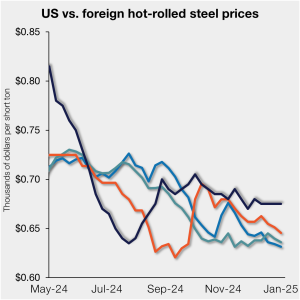
Hot-rolled (HR) coil prices were flat in the US this week, while tags in offshore markets were mostly down.

Domestic steel production has modestly recovered since bottoming out in October but is significantly less than levels recorded earlier in the year.
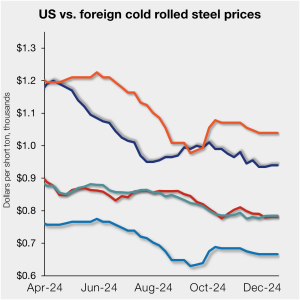
The price spread between US-produced cold-rolled (CR) coil and offshore products on a landed basis was unchanged in the week ended Dec. 20.
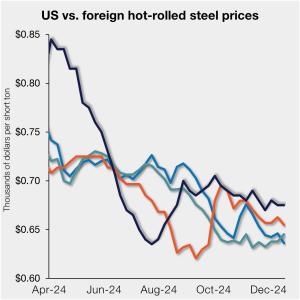
The price premium between stateside hot band and landed imports widened slightly this week.

Domestic production remains significantly low compared to levels recorded earlier in the year.
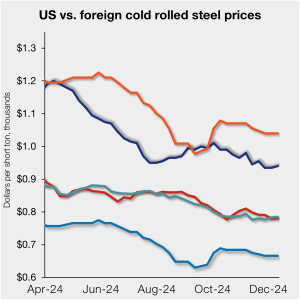
The price spread between US-produced cold-rolled (CR) coil and offshore products on a landed basis was relatively flat in the week ended Dec. 13.
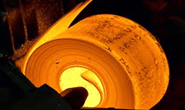
Referred to as ‘apparent steel supply’, we calculate this volume by combining domestic steel mill shipments with finished US steel imports and deducting total US steel exports.

Written by David Schollaert November 13, 2024 Share on LinkedIn The latest SMU Community Chat webinar reply is now available on our website to all members. After logging in at steelmarketupdate.com, visit the community tab and look under the “previous webinars” section of the dropdown menu. All past Community Chat webinars are also available under that selection. If you need […]
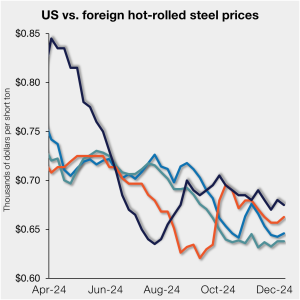
Hot-rolled (HR) coil prices ticked back down in the US this week, while tags in offshore markets were mostly up. Thus, the price premium between stateside hot band and imports on a landed basis tightened slightly.

Since sharply falling in September and October, weekly production has marginally trended higher for the past two months, but remains significantly low compared to levels recorded earlier this year
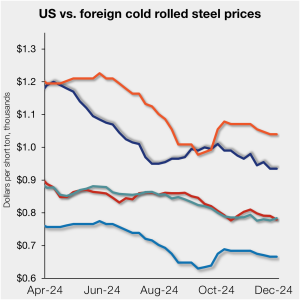
The price spread between US-produced cold-rolled (CR) coil and offshore products on a landed basis was flat in the week ended Dec. 6.
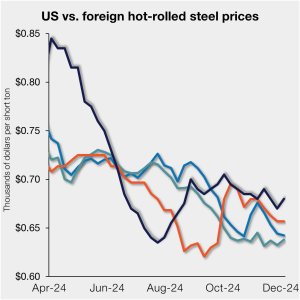
Hot-rolled (HR) coil prices ticked back up in the US this week, while tags in offshore markets moved in varying directions. Thus, the price premium between stateside hot band and imports on a landed basis widened slightly. After leveling with import prices in late August, stateside tags have been mostly stable and ahead of imports […]

Weekly raw steel production has hovered in this territory for the last two months, now at the sixth lowest rate of the year.

Domestic raw steel mill production increased to a four-week high last week, according to the American Iron and Steel Institute (AISI).
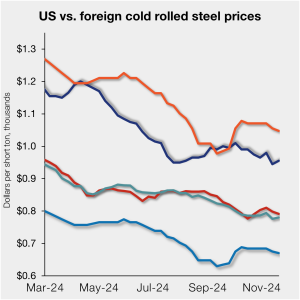
The price spread between US-produced cold-rolled (CR) coil and offshore products on a landed basis widened slightly in the week ended Nov. 22.
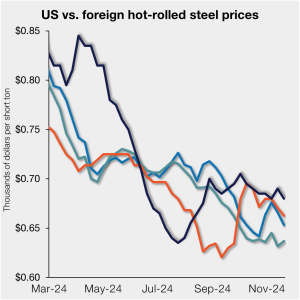
US hot-rolled (HR) coil prices slipped this week, while tags in offshore markets were also largely down. Thus, the price premium between stateside hot band and imports on a landed basis was relatively unchanged.
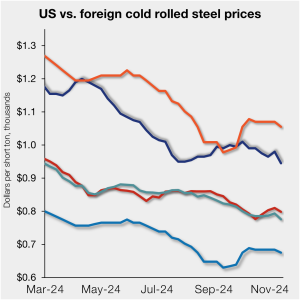
The price spread between US-produced cold-rolled (CR) coil and offshore products slipped in the week ended Nov. 15, on a landed basis.
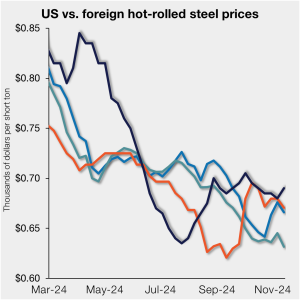
US hot-rolled (HR) coil prices edged up this week, while tags in offshore markets moved lower. As a result, domestic tags pulled ahead of imports on a landed basis. Since becoming level with import prices in late August, stateside tags had been mostly stable, though they slowly drifted closer to parity over the past month. […]

Domestic raw steel production recovered last week, after slipping the week prior, according to the latest American Iron and Steel Institute (AISI) data. Weekly production remains at some of the lowest levels recorded this year.

The total amount of finished steel to enter the US market in September fell to its lowest level in seven months, according to our analysis of recent Department of Commerce and the American Iron and Steel Institute (AISI) data
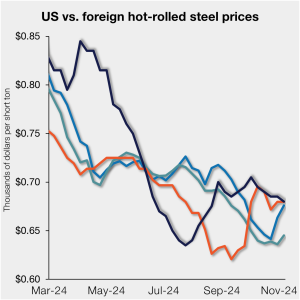
US hot-rolled (HR) coil prices moved lower this past week while tags in offshore markets were largely higher. Domestic tags are again nearly level with imports on a landed basis.

Domestic raw steel production recovered for the third consecutive week last week, according to the latest figures released from the American Iron and Steel Institute (AISI). While up, output remains near one of the lowest rates recorded across 2024.

While up over the week prior, domestic raw steel mill production remains near one of the lowest rates recorded this year.

The volume of finished steel entering the US market declined in August from July, according to SMU’s analysis of data from the US Department of Commerce and the American Iron and Steel Institute (AISI). Referred to as ‘apparent steel supply,’ we calculate this monthly rate by combining domestic steel mill shipments and finished US steel imports and deducting total US steel exports.
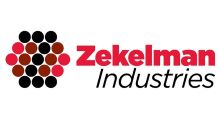
Domestic steel champion Barry Zekelman joined SMU to discuss the latest issues impacting the US steel market.

Domestic raw steel mill production slightly recovered last week, according to the latest figures released from the American Iron and Steel Institute (AISI).

The amount of raw steel US steel mills produced last week slipped to the lowest rate recorded since early July, according to the latest release from the American Iron and Steel Institute (AISI).